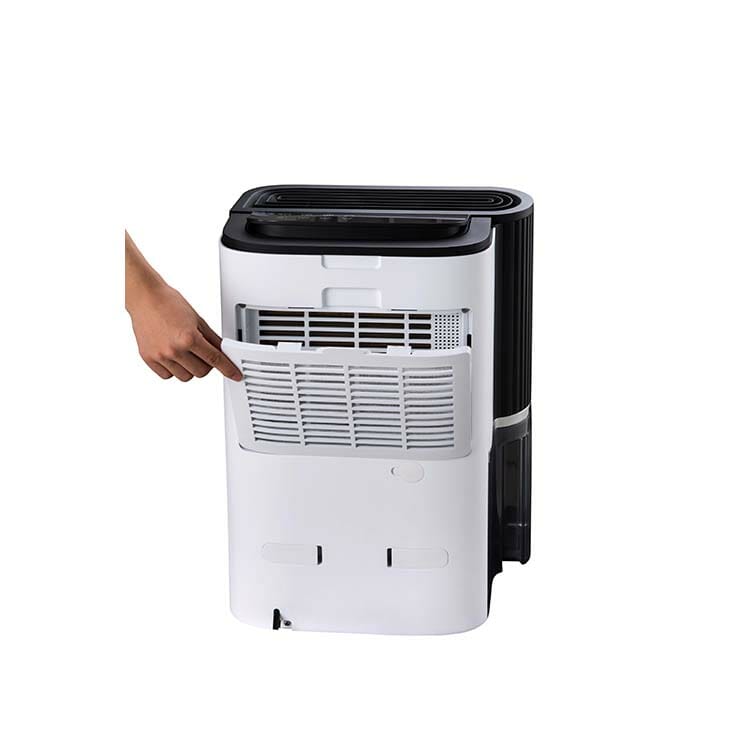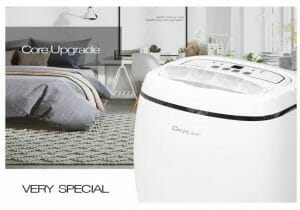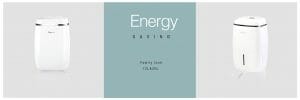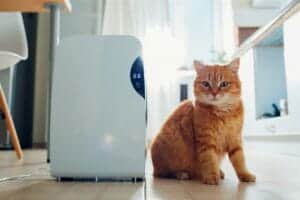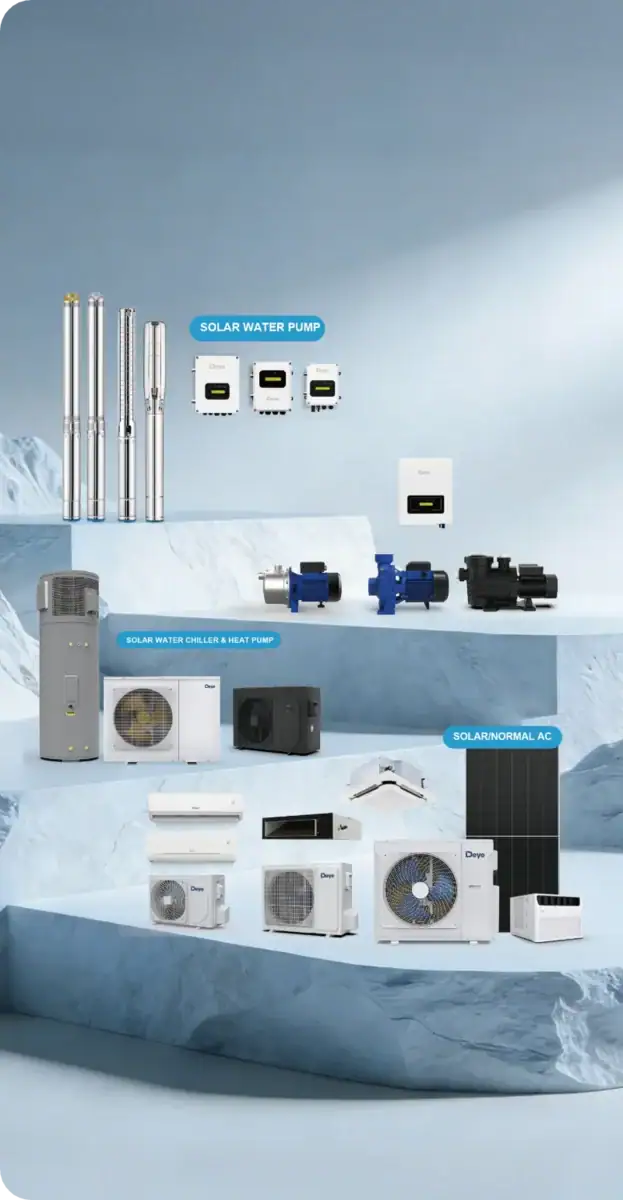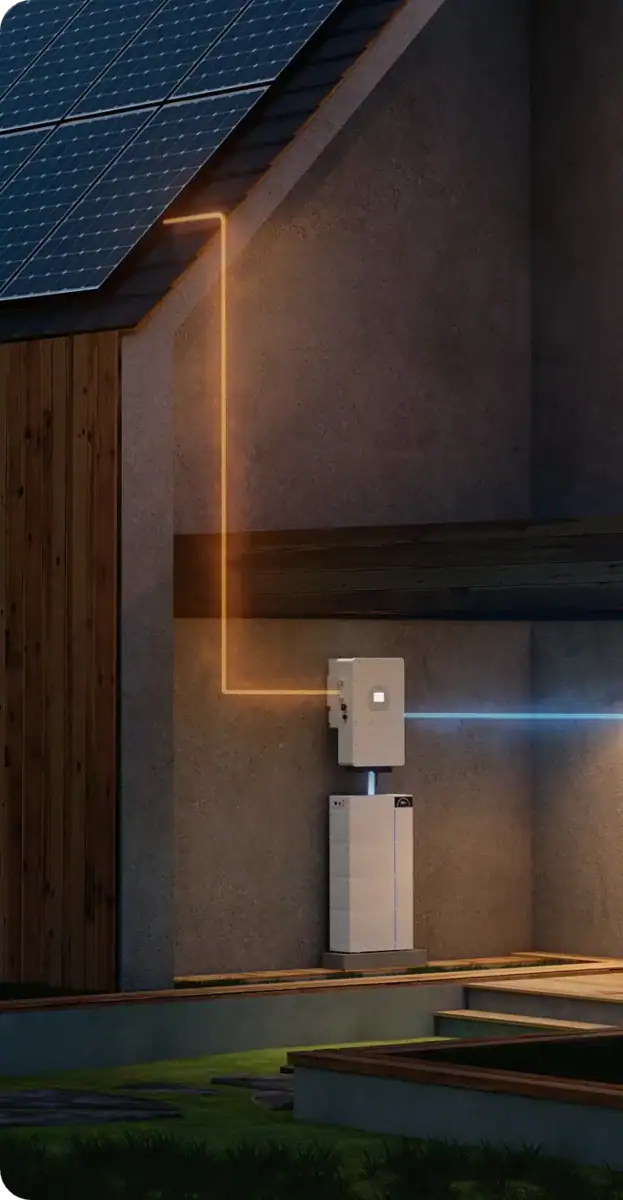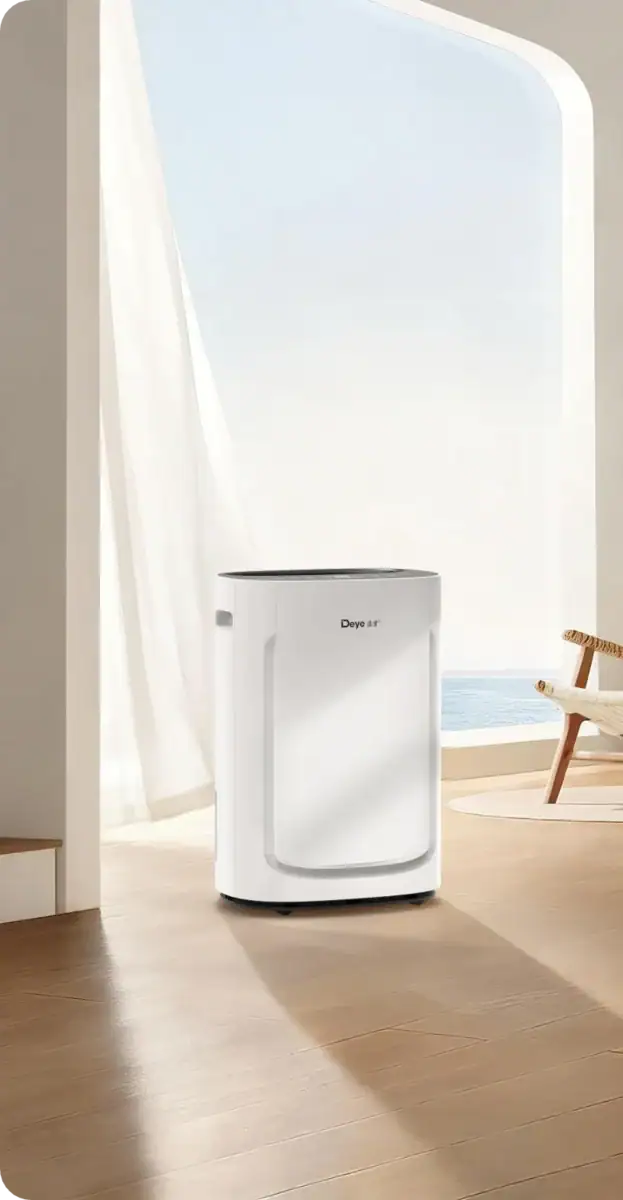Compared with the independent dehumidification mode, the refrigeration mode, as the basic function of the air conditioner, has lower requirements for the structure design and control mode of the air conditioner, and is low in cost. However, the use of this method to achieve the purpose of dehumidification will inevitably cause the room temperature to drop. This is not practical and wastes power when the temperature is not high. In fact, the dehumidification function in the cooling mode is only a by-product, and does not increase the cost of the air conditioner. The independent dehumidification mode uses electric heating or heat exchange to heat the air at the outlet. The control will be more complicated and the design cost is relatively high, but this temperature compensation It will make the room temperature fluctuate relatively small, suitable for use when the temperature is not high, but the humidity is too high.
The air conditioner operates in these two independent dehumidification modes. Its refrigeration system is in a high-efficiency operating state. The evaporator and condenser operating conditions are more reasonable. The working mode of the dehumidifier with high energy efficiency ratio is to cool the inside of the machine and remove the air Water analysis shows that the temperature of the space will rise slightly, but the temperature difference is not obvious. It is more suitable for wet seasons other than midsummer, and electricity consumption is relatively low. However, for dehumidifiers, when the ambient temperature is lower than 15°C, it is attached to The water droplets on the evaporator surface will freeze to weaken the dehumidification effect. If the ambient temperature exceeds 40℃, the pressure in the system will increase and overload the compressor. At this time, the overload protector should cut off the circuit, otherwise the compressor motor will be damaged. So the best temperature range of dehumidifier is 15℃~40℃.
